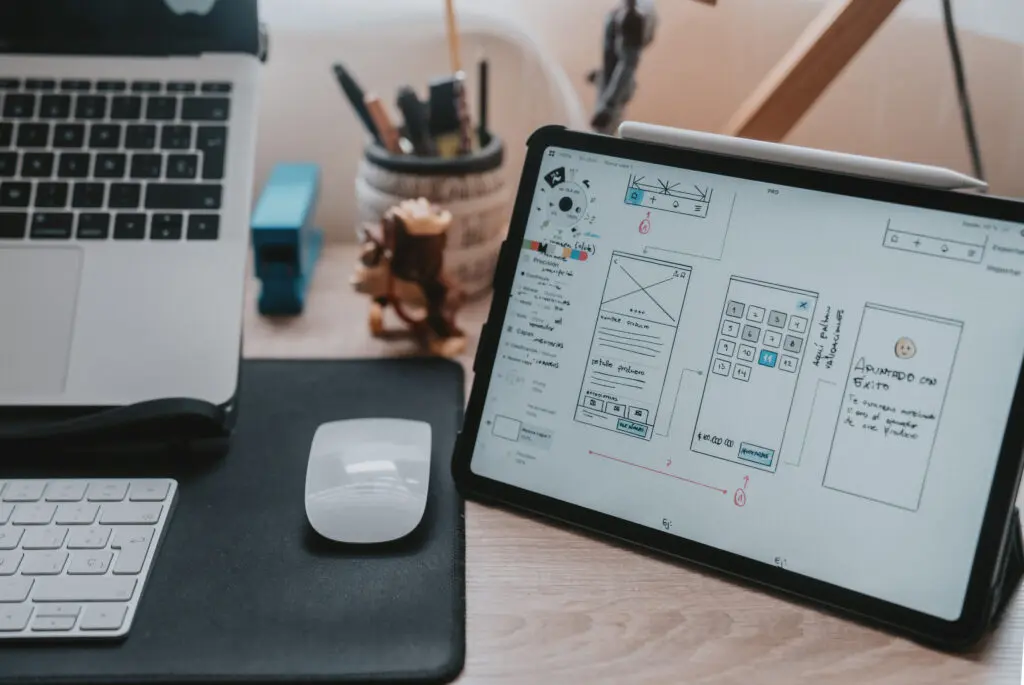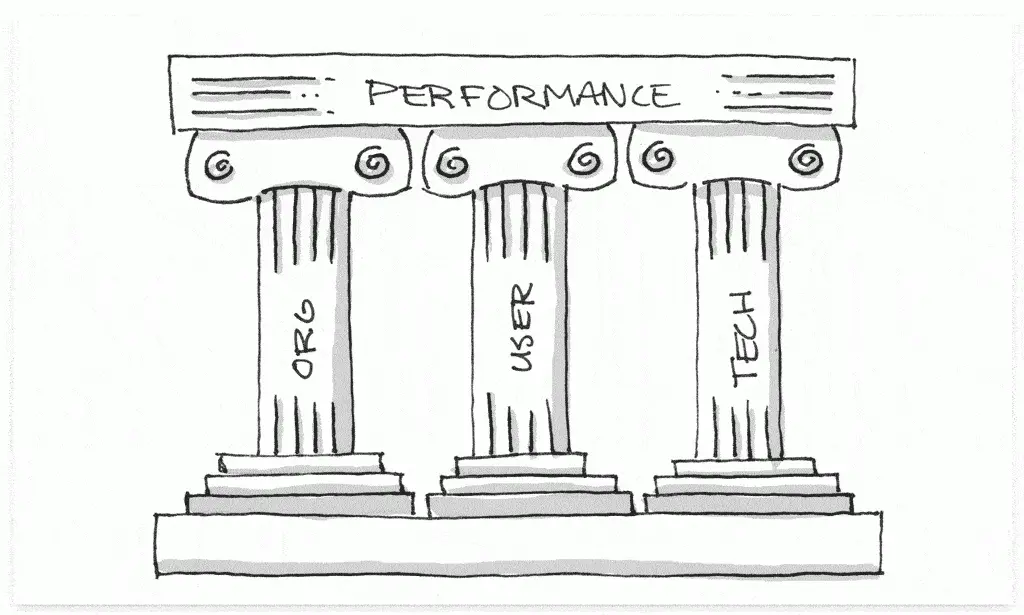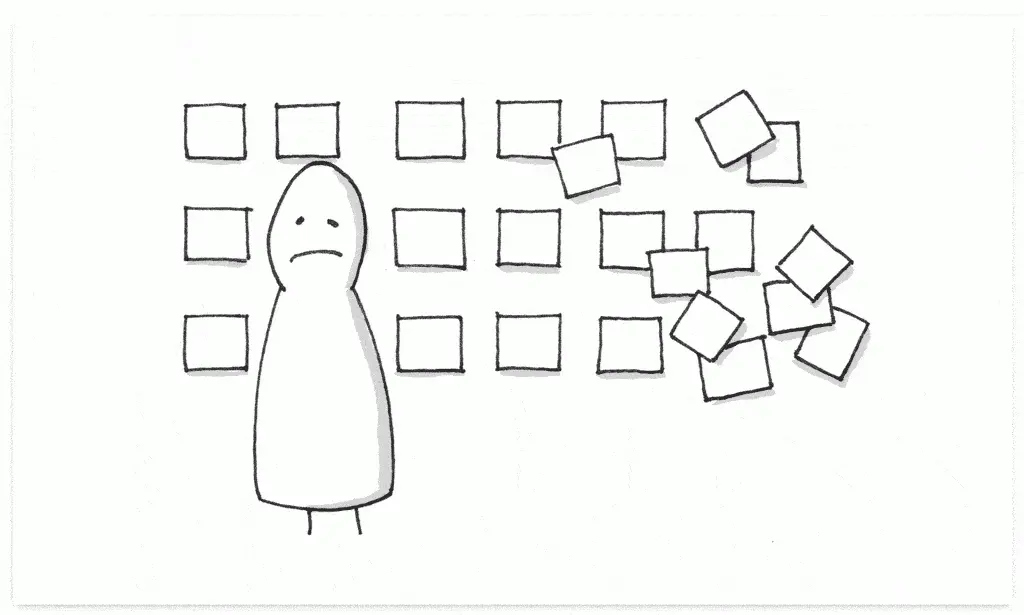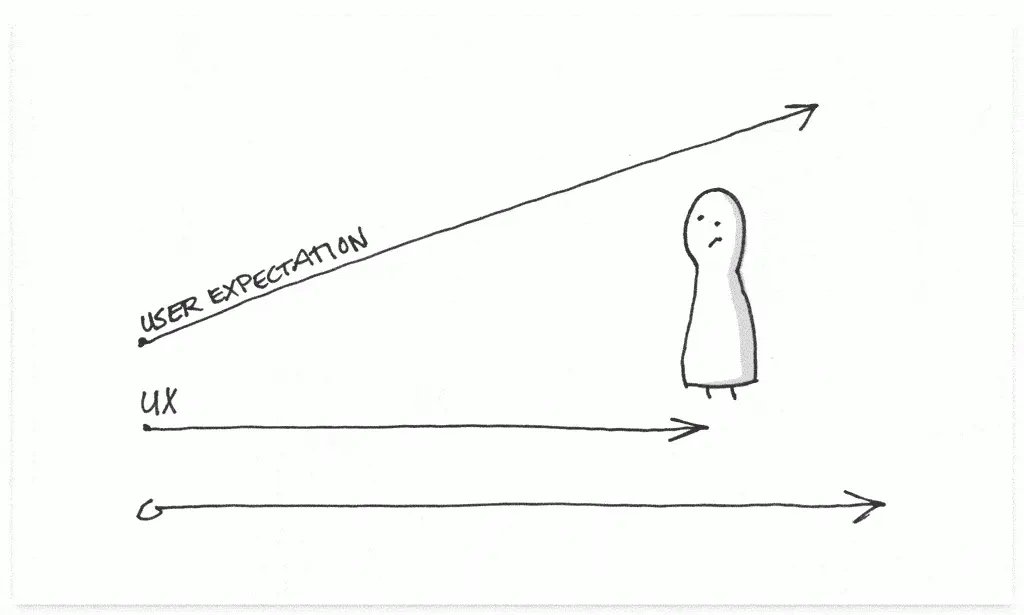
The digital experience you offer your users should be central to your organization’s strategy. And this is true whether you primarily share free content or offer products and services for sale. Because the internet and the way people interact with it are always changing, redesigning your user experience (UX) over time is inevitable. And knowing when to invest the time, effort, and resources into redesigning your UX should be a calculated endeavor.
Here are 5 considerations that might indicate it’s time to redesign your UX:
1. Brand growth

Your brand grows and responds to cultural shifts, new technology, and organizational focus. For example, there has been a dramatic increase in the number of organizations adopting a humanitarian or sustainability focus as a key part of their brand over the last 15 years.
Whether your organization is mission-driven or a traditional business, the same principles apply. Brand growth informs how you present and communicate your brand to users. And this has an outsized impact on the digital experience you offer them. These milestone in your brand’s evolution are often drivers of new organizational capabilities, new narratives to share with the world, and a new user experience to support it all.
2. Performance erosion

You can evaluate your users’ digital experiences through 3 lenses. Any (or all) of these lenses might be a catalyst to redesign your UX:
Organizational performance
- Does the UX support our organizational goals? (i.e., Does it facilitate the interactions that impact how we measure the health of the organization?)
- How can we get more return on investment from the UX? (i.e., Can we move users closer to taking the desired action?)
User experience performance
- Does the UX meet the user in the right place, at the right time, and in the right way? (i.e., Does ubiquitous connectivity and mobile context change the types of goals we reach for in UX?)
- Have there been broader changes in the way users interact with technology that impact the UX? (i.e., Can voice assistance, artificial intelligence, location awareness, or virtual reality improve the UX?)
Technical performance
- Are there development changes we could make that would improve the UX? (i.e., How can we speed up the delivery of new features, while reducing the number of bug fixes?)
- Have technical capabilities increased to the point where a technical change could increase the quality of the UX? (i.e., Can we take fuller advantage of browser capabilities or mobile apps?)
3. Feature alignment

Sites and apps add new features to the UX over time. These new features get bolted onto the preexisting interface, often without evaluating how new features impact the old ones. Users are grateful for the new features, but before long the UX becomes complicated and hard to navigate.
Growth naturally requires pruning now and then. It requires time to zoom out, reassess how the features align with your users, and make tough choices about how to prioritize the experience.
4. Difficulty of updates

Updates often become difficult for two reasons:
- As new products or different types of content become available, these changes can be tricky to integrate with the current experience. This can be due to a limitation of the technology or the current user interface itself.
- As your company facilitates more organizational capabilities digitally, the integrations with user-facing technologies become more complex.
Updating content and features doesn’t happen as often as it should when it becomes difficult. It’s important to step back and evaluate ways to streamline the update process so users have more and better access to the services they expect.
5. User expectations

As users become more digitally savvy—which isn’t to say that they’re not already—they want more access to organizational capabilities. Users want to be able to access information when and where they want to, to be able to self-service common tasks, and to have more transparency when it comes to their involvement with an organization.
These expectations grow over time, which requires organizations to build new tools to facilitate new experiences, perform new functions, and reduce friction.
An effective UX aligns the needs of the user with organizational priorities and technical capabilities.
Every line of code is a commitment to the future. This goes beyond security updates and technology upgrades. The user experience is built on top of code. As your organization grows, performance erodes, features come and go, updates become harder, and user expectations change over time, the UX must grow and change along with those expectations.